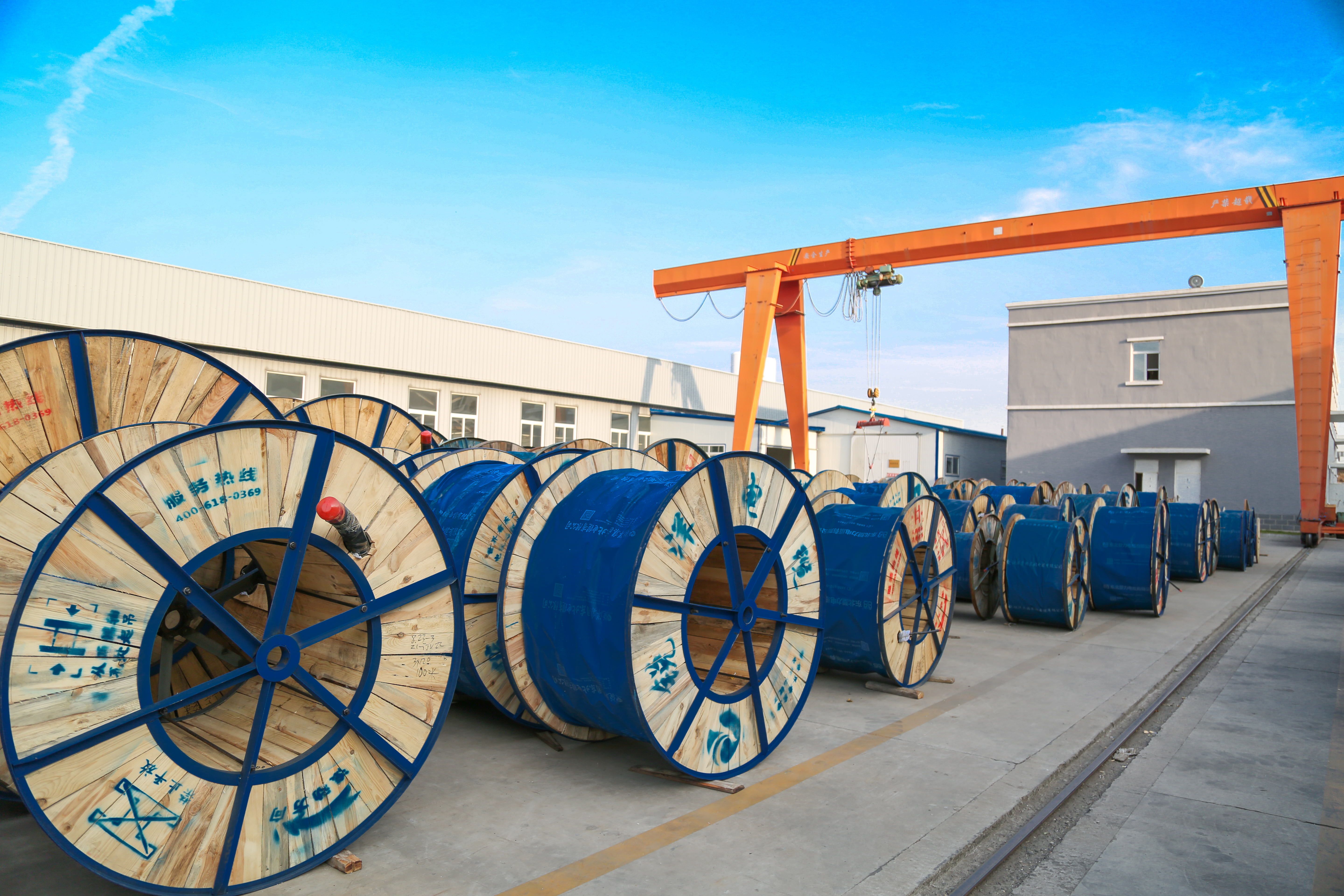
Copper vs. Aluminum: The Science Behind Conductor Material Selection for Electrical Wires
2025-09-10 17:26When it comes to electrical wiring, two metals dominate the landscape: copper and aluminum. Though both serve as conductors, their properties and applications differ significantly. Understanding the science behind their selection ensures safety, efficiency, and cost-effectiveness in electrical systems.

The Contenders: Key Properties Compared
1. Electrical Conductivity
Copper: The undisputed champion of conductivity. With a resistivity of approximately 1.68 × 10⁻⁸ Ω·m, copper offers minimal energy loss during transmission. Its high conductivity allows for thinner wires compared to aluminum for the same current capacity.
Aluminum: Less conductive than copper (resistivity ~2.82 × 10⁻⁸ Ω·m). To match copper’s current-carrying capacity, aluminum conductors require a larger cross-sectional area (about 1.5 times thicker).
2. Mechanical Strength & Flexibility
Copper: Superior tensile strength and ductility. It withstands bending, twisting, and stretching without cracking, making it ideal for tight spaces and frequent movements.
Aluminum: Softer and more prone to creep (gradual deformation under pressure). It requires careful handling to avoid breakage and must be secured with specialized connectors to prevent loosening over time.
3. Weight and Cost
Copper: Denser and heavier, leading to higher material and transportation costs.
Aluminum: Lightweight (about 30% of copper’s density) and significantly cheaper, making it attractive for large-scale projects like overhead power lines.
4. Oxidation and Corrosion
Copper: Forms a protective oxide layer that remains conductive, ensuring long-term stability.
Aluminum: Develops a non-conductive oxide layer that can increase resistance and overheating risk. Proper termination techniques (e.g., antioxidant pastes) are critical.
Application-Based Selection: Where Each Shines
Copper’s Domain:
Building Wiring: Preferred for branch circuits, outlets, and switches due to its durability and safety.
Electronics and Appliances: Used where space constraints and reliability are paramount.
Industrial Control Systems: Chosen for its resistance to vibration and corrosion.
Aluminum’s Strengths:
Overhead Power Transmission: Dominates high-voltage grids due to its light weight and cost efficiency.
Large Conductors: Used in service entrance cables and industrial feeders where size is less constrained.
Renewable Energy Projects: Common in solar farms and wind turbines where long runs reduce cost impact.
In the end, the choice between copper and aluminum depends on the specific needs of the project. Copper excels in applications demanding high reliability, efficiency, and flexibility, while aluminum offers an economical and lightweight solution for large-scale power distribution. Understanding these differences helps in making informed decisions that ensure both performance and safety.
